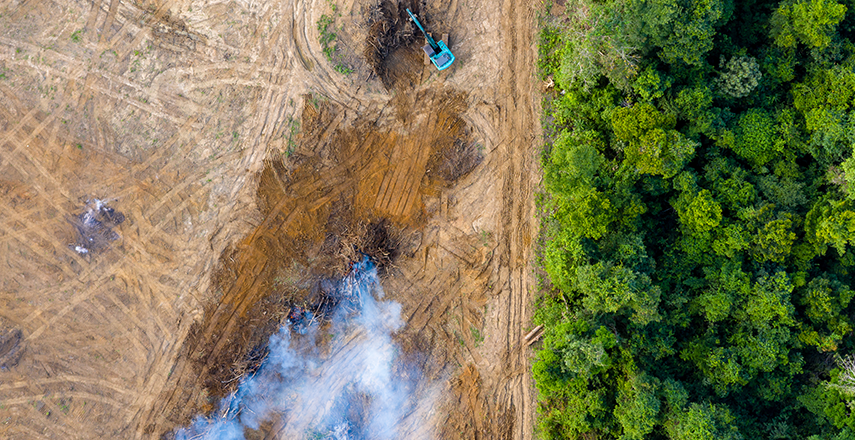How can technology fight forest fires?

The Amazon rainforest is being ravaged by the most devastating forest fires in almost a decade, gripping the world and raising questions over the cause, as well as the solution
Skies over the Amazon rainforest are thick with smoke from an unprecedented number of forest fires, the most concentrated amount since records began.
The city of São Paulo, which is over 2,000 miles away from the forest’s epicentre, sits under dark skies heavy with near-toxic levels of pollution carried on strong winds.
Jair Bolsonaro, a long-standing climate change sceptic, has accused non-governmental organisations of causing the fires, to deliberately tarnish his image.
Speaking to reporters, the president of Brazil said: “Maybe, I am not affirming it, these (NGOs) are carrying out some criminal actions to draw attention against me, against the government of Brazil.”
Environmentalists refute Bolsonaro’s unsubstantiated claim, saying that tree-clearing activities and unsustainable farming practices are to blame.
More than 75,000 forest fires have been recorded in Brazil this year, almost double the 40,000 recorded last year in the same time-frame. The vast majority of forest fires in the Amazon are started by humans for cattle-ranching and logging.
As activists now clash with the Brazilian government, how can technology step in and help?
Can technology prevent forest fires?
Technology has been used to detect forest fires for decades, with satellite imagery playing a crucial role in monitoring them, predicting their course and feeding information back to the ground to help tackle them. New technologies are now on the cusp of global use.
Drones could well be an important tool in the arsenal of firefighters across the globe. This July, when wildfires ravaged 8,000 acres in Arizona, drones were successfully deployed to monitor the situation from above. Quicker to launch, and cheaper than a helicopter, drones could be sent ahead to predict the spread, helping firefighters develop plans to contain the blaze.
The internet of things has also come into play in recent years, finding prominent use in critical communications. IoT enabled sensors, strategically placed in areas known to suffer from wildfires, have been used to detect and measure changes in CO2 levels, indicating potential outbreaks with immediacy. A connected network of sensors can build a map of an area, giving early warning signals to local government agencies.

Robots are also being used in some cases. Howe and Howe, an American robotics company, have developed a firefighting robot named Thermite. Running on industrial-grade tracks, the durable Thermite has a mounted camera for remote control, also allowing first responders to tackle the fire and asses damage from a safe distance.
Some companies, such as Earthscope, operate with a birds-eye view. They harness satellite imagery, AI, and weather data to predict, monitor and alert government agencies and civilians to forest fires. The service currently serves California, another location prone to severe wildfires, but aims to go global over time. By utilising a mixture of data streams, the accuracy of services like Earthscope can be used alongside other technologies to act swiftly and accurately.
There is great potential for technological applications to combat forest fires, not least through collaborative efforts between NGOs of all sizes, varying enterprises and government organisations.
Some innovative technologies are in use currently, and others are fledgeling but showing promising signs. However, perhaps the biggest hurdle to overcome is political and not technological.
